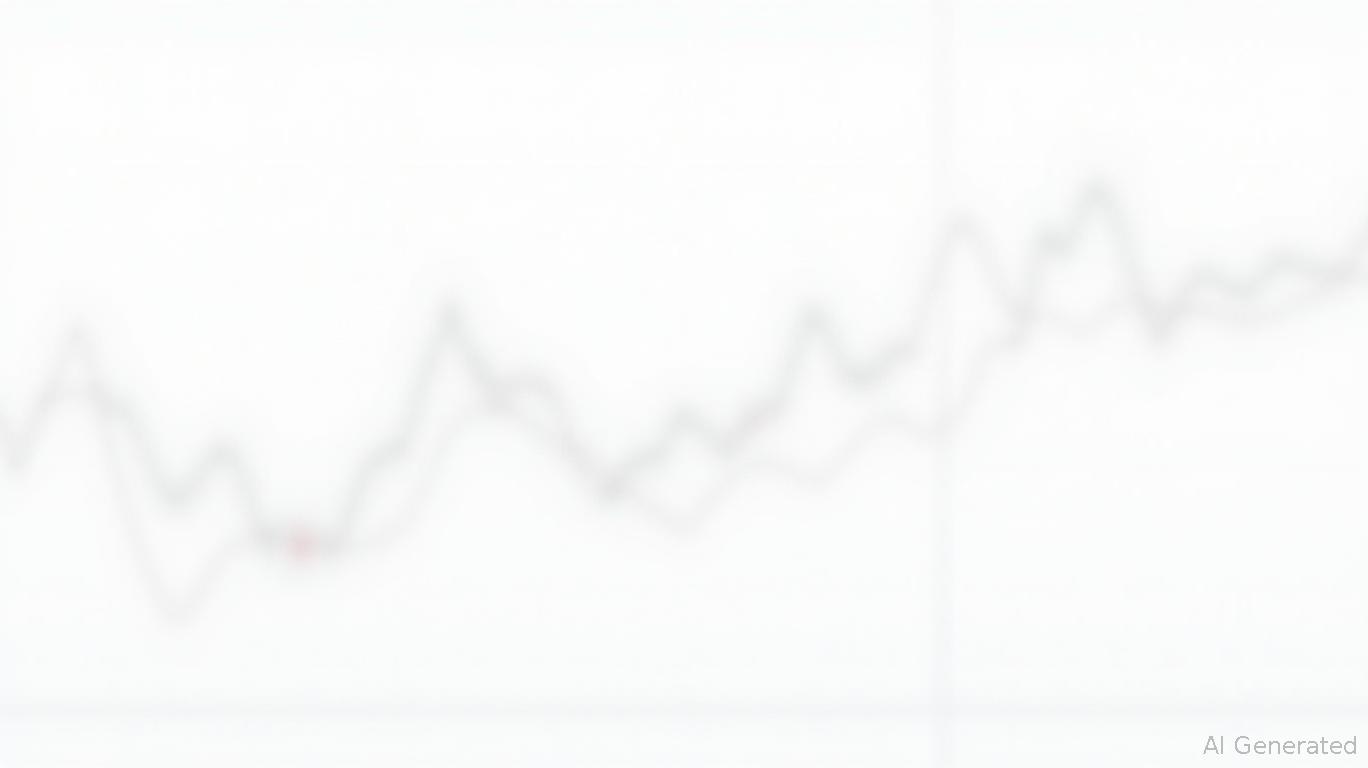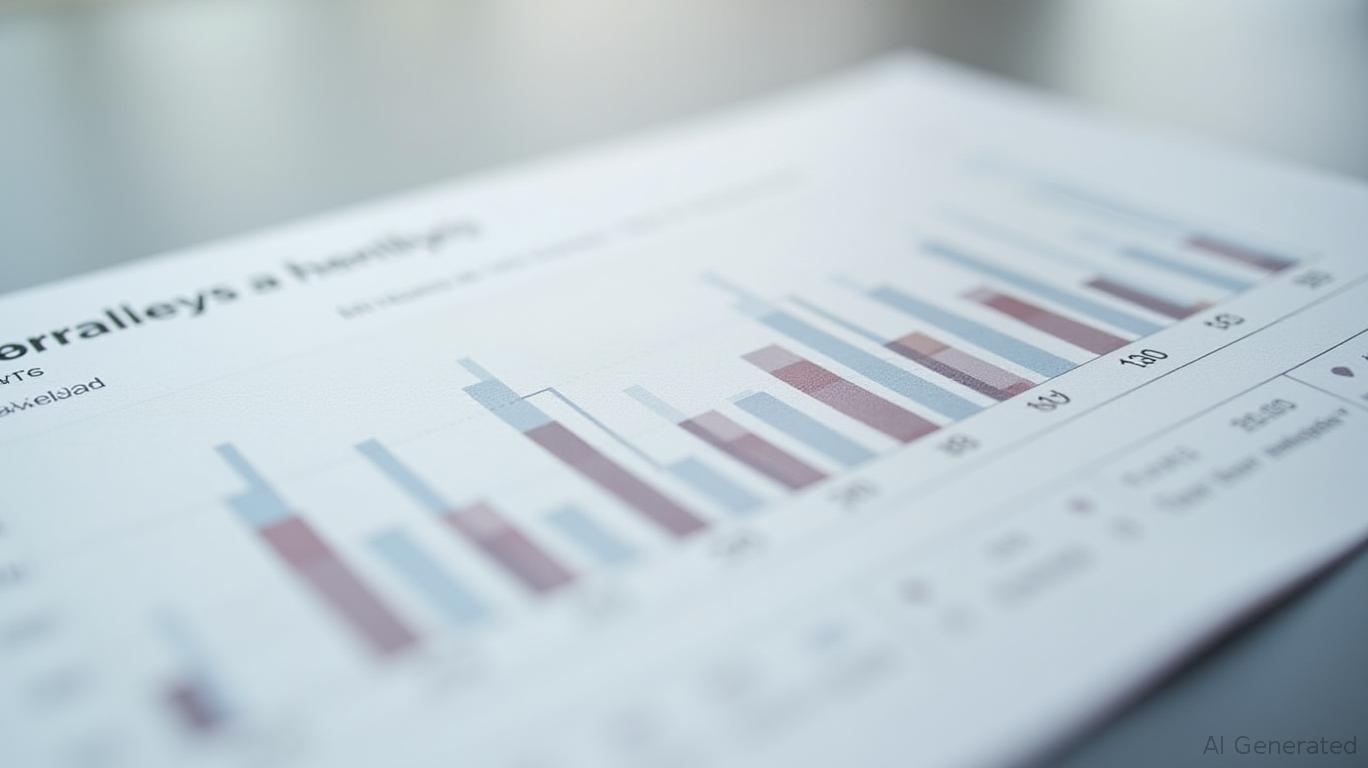James Hardie Industries: Navigating S&P/ASX 20 Exit with Merger Synergies and Operational Fortitude
The removal of James Hardie Industries (ASX:JHX) from the S&P/ASX 20 Index on June 23, 2025, marks a pivotal moment for the company. While this exclusion—driven by quarterly rebalancing and a 23.8% year-on-year drop in market capitalization to $10.24 billion—has sparked short-term volatility, the company's strategic pivot toward operational resilience and its $8.75 billion acquisition of The AZEK Company Inc. position it for long-term growth. This article examines how James Hardie's merger synergies and adaptive business model could redefine its trajectory, despite near-term headwinds.
The Index Rebalance: A Catalyst for Short-Term Pain, Not Long-Term Doom
James Hardie's removal from the S&P/ASX 20 Index, replaced by Brambles Limited, is a consequence of its declining market capitalization ranking (now 869th globally from 1,252nd in June 2024). This shift will trigger institutional sell-offs, as passive funds divest to align with the new index composition.

The merger with AZEK, finalized in late 2024, is central to its path forward. While the transaction's $1.7 billion debt offering and $3.5 billion credit facility raised leverage concerns, the strategic rationale is clear: create a high-margin leader in exterior building products.
Merger Synergies: The Engine of Resilience
The AZEK merger targets $125 million in annual cost synergies within three years and $500 million in commercial synergies over five years. These are achievable through:
- Operational Efficiency: Combining James Hardie's lean manufacturing expertise with AZEK's premium composite decking and trim products.
- Market Penetration: Cross-selling opportunities across North America, where the combined entity will command a 20% share of high-margin exterior products.
- Margin Expansion: James Hardie's North America division aims to lift EBITDA margins from 35% (FY2025) to 39% by FY2027, leveraging AZEK's 27.5% margin base.
By 2027, the merger is projected to boost consolidated EBITDA to $2.3 billion, with free cash flow exceeding $1 billion annually. This cash flow will fund debt reduction (targeting leverage below 2.0x by 2027) and reinstate share buybacks, paused during the merger's integration phase.
Operational Adaptability: Navigating Cyclical Markets
James Hardie's operational strategy focuses on material conversion—shifting demand from wood and vinyl to higher-margin fiber cement and composites. This aligns with a 70% repair/remodel focus (less cyclical than new construction), mitigating housing market risks. The Hardie Operating System (HOS), a lean production initiative, has already cut costs in North America, with further savings expected post-AZEK integration.
Risks remain, such as distribution channel conflicts between James Hardie's lumberyard sales and AZEK's big-box retail model. However, the company's contractor-centric sales strategy (prioritizing professionals over retail) aims to unify these channels.
Valuation and Investor Implications
James Hardie's EV/EBITDA multiple of 11x is undervalued relative to peers like Louisiana-Pacific (15x). If synergies materialize, this multiple could expand to 13.5x–15x, valuing the company at ~$32.2 billion by 2027. Current stock prices (~$35 as of June 2025) offer a 40% upside to a $44–$50 price target, supported by EBITDA growth and multiple re-rating.

Investment Thesis: Hold for the Long Game
While the S&P rebalance and near-term macroeconomic challenges (e.g., elevated raw material costs) may pressure the stock in the short term, James Hardie's merger-driven transformation offers compelling upside. Investors should:
- Hold positions through the rebalancing-induced volatility.
- Buy dips below $30, where the stock becomes attractively priced relative to its 2027 targets.
- Monitor execution: Synergy realization timelines and margin improvements will be critical indicators of success.
Conclusion
James Hardie's exclusion from the S&P/ASX 20 Index is a temporary stumble, not a fall. Its merger with AZEK, paired with operational rigor and a focus on material conversion, positions it to rebound as a high-margin, counter-cyclical player. For investors willing to look beyond quarterly rebalances, this is a story of resilience in motion.
As of June 2025, the author holds no position in JHX. Always conduct your own research before making investment decisions.

Comments
No comments yet